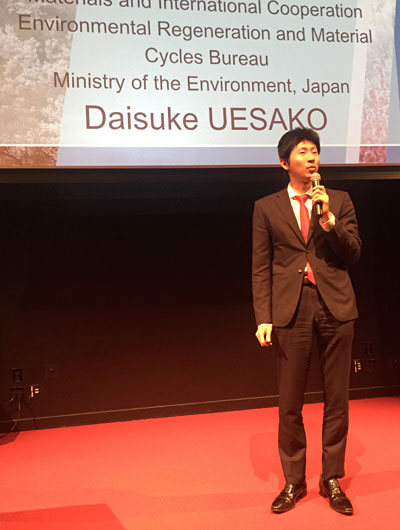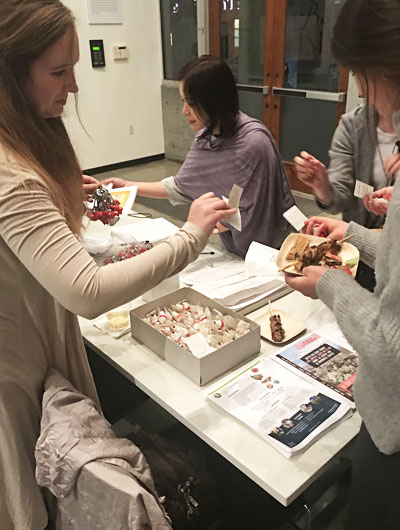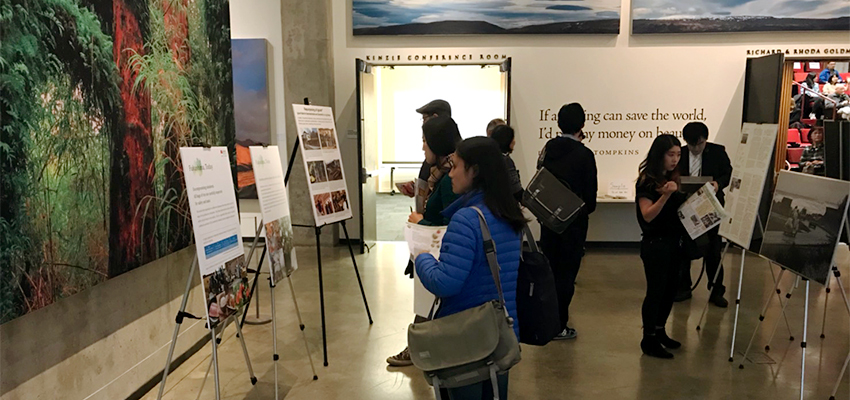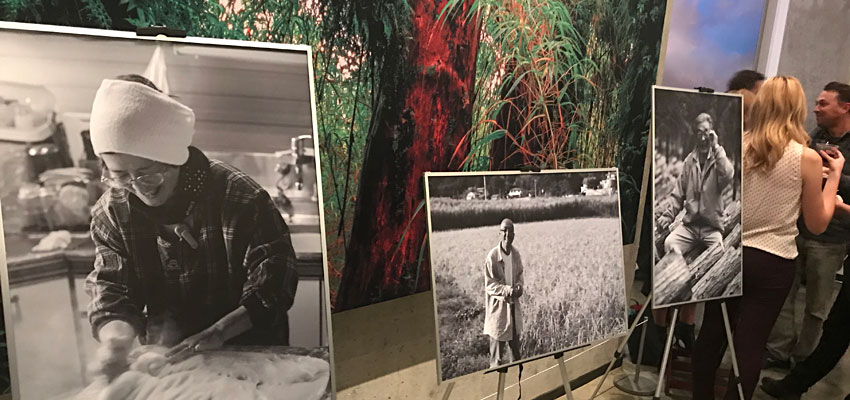Berkeley, California, U.S.A: The Future of Fukushima:
A New Generation Rises to the Challenge “How did high school students – using innovative sensors – promote the recovery from an environmental disaster?”
was held at UC Berkeley’s David Brower Center
Contents of the program
Details of this colloquium are posted on YouTube as below
https://www.youtube.com/watch?v=er9KfTMhdDo ![]()
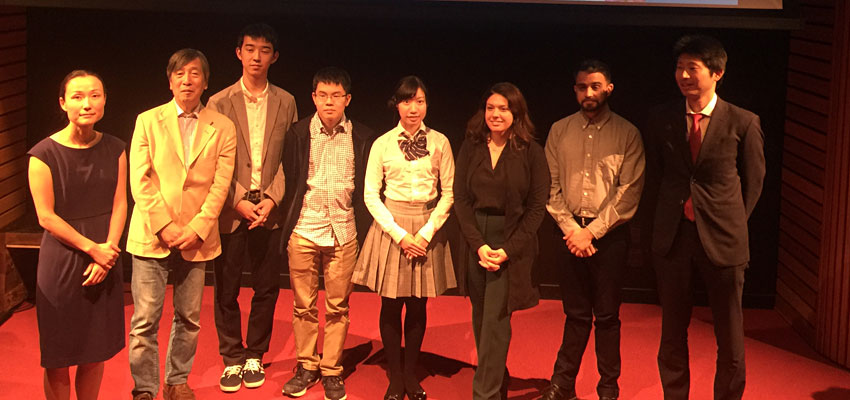
A public event, titled “The Future of Fukushima: A New Generation Rises to the Challenge,” was held at David Brower Center on October 30, 2017, hosted by Earth and Environmental Sciences Area at Lawrence Berkeley National Laboratory and Center for Japanese Studies at University of California, Berkeley.
Fukushima Prefecture has achieved a remarkable recovery after the nuclear accident in 2011. Thanks to extensive clean-up of a large part of the area as large as the state of Connecticut, more than 97% of the region is at natural background levels. However, negative perception still persists across Japan and the world, causing economic and psychological damages within the region. A group of local high-school students teamed up with Professor Ryugo Hayano at the University of Tokyo in 2015 to face this challenge head-on, collecting their own radiation data using a new portable sensor, called D Shuttle.
Monday’s event – highlighting their efforts and experiences – came to fruition through the joint efforts of Dr. Haruko Wainwright, a research scientist at the Lawrence Berkeley National Laboratory, and Prof. Ryugo Hayano. It featured presentations by Professor Hayano and three high-school students from Fukushima, who discussed what they learned from their experiences following the accident and from their research. The students also delivered their positive messages for the future of Fukushima to the audience of some 122 in the Bay Area.
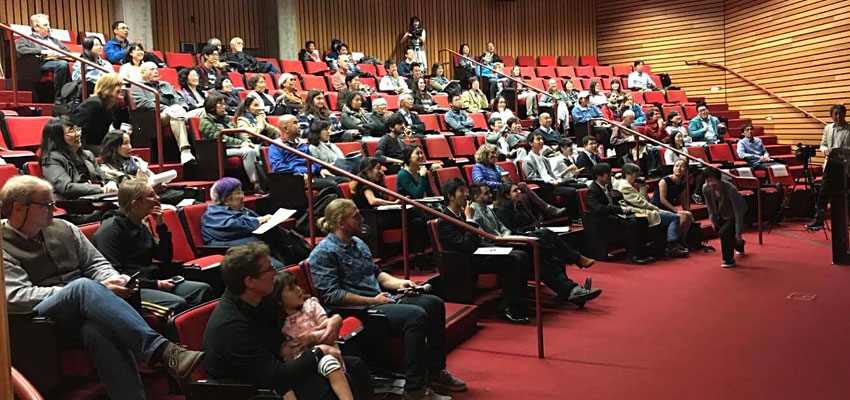
The event commenced with Dr. Haruko Wainwright’s speech on the importance of monitoring and measurements in the wake of environmental disasters. She discussed various research activities to which Berkeley Lab has been contributing in the Fukushima region. Dr. Wainwright argued that the efforts in Fukushima could be a model case for community empowerment though citizen science at many contaminated sites around the world. Prof. Hayano and the three high-school students then took the podium for the conversation-style presentation. During their talk, Prof. Hayano highlighted their peer-reviewed paper titled Comparative Radiation Levels Taken by High-School Students Worldwide, which concluded that the radiation level in Fukushima was not any higher than other places in the world.
The three high-school students also shared their personal stories during and after the accidents as well as their aspirations for the future. Shunya Okino, a 2nd-year student at Fukushima High School and a member of the Super Science Club explained how his parents’ scientific knowledge helped his family act calmly in the wake of the accident. Honoka Ara, a student at the same high school, talked about her research into food safety and agriculture issues in Fukushima. Ryo Endo, a 2nd-year student at Fukushima Futaba Future School, was born near the power plant and has been evacuated for the last six and half years. He is determined to become a nuclear engineer to close and clean up the Fukushima Daiichi Nuclear Power Plant.
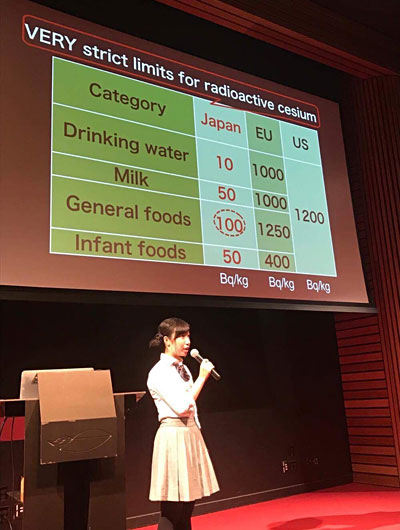
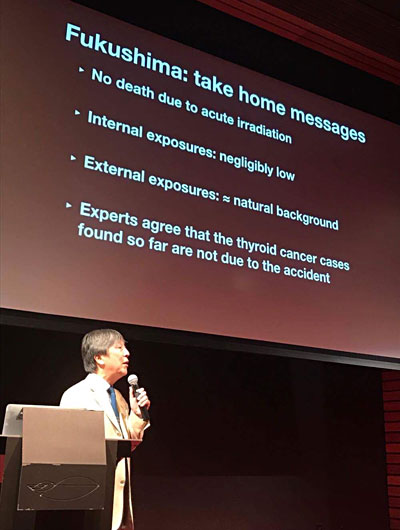
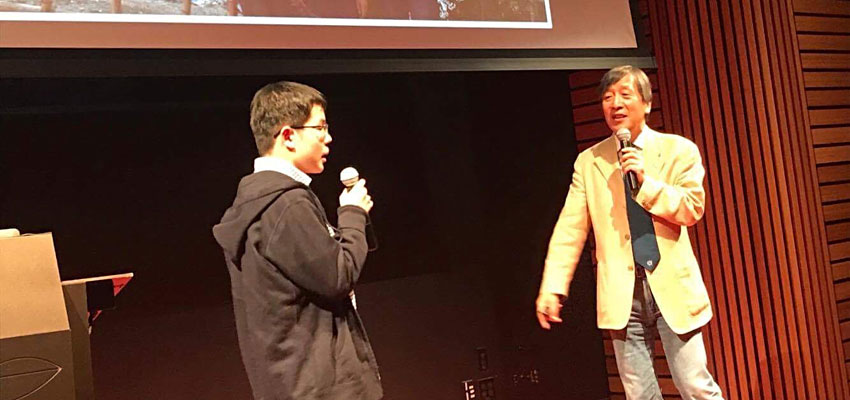
Next, two American journalists(Natalie Yemenidjian, Guadalupe González)who had stayed in Fukushima in 2015 in an exchange program between San Francisco State University and Fukushima University, reported on their firsthand experiences in the prefecture.
In closing, a representative of the Japanese Ministry of the Environment explained the progress in environmental recovery in Fukushima and said, “We deeply thank everyone in the world for their support and assistance for the areas of our country affected by the March 2011 disaster. I invite you all to come visit Fukushima.”
After these speeches, there were also exhibits and a video presentation on Fukushima. The presentations were followed by refreshments and networking by those in attendance.
